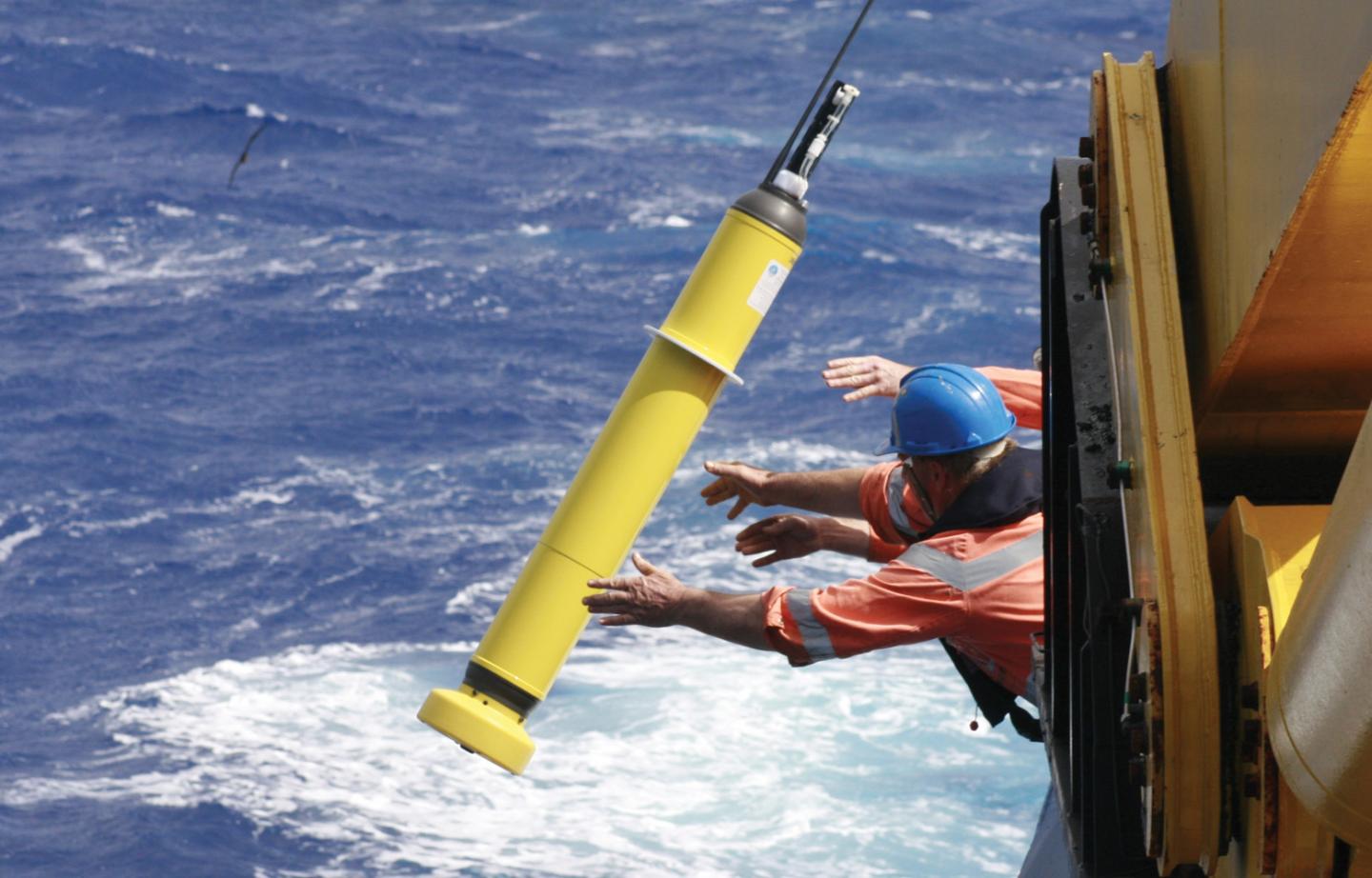
Credit: CSIRO Alicia Navidad
However, researchers have identified that this process – the biological gravitational pump (BGP) – cannot account for all of the carbon reaching the deep ocean, and a range of additional pathways that inject a much wider range of particles have been explored.
Led by IMAS Professor Philip Boyd and including scientists from France and the US, the Review article in the journal Nature proposes that the additional pathways known as particle injection pumps (PIPs) move just as much carbon as the BGP.
Professor Boyd said the research, based on a review of previous studies and new modelling, could reshape understanding of how carbon reaches the seafloor and what happens while it is there.
“Our study goes a long way to finally solving one of the real puzzles that oceanographers have grappled with for a number of years,” Professor Boyd said.
“The ocean stores huge amounts of carbon indirectly absorbed from the atmosphere and in doing so plays a major role in moderating the climate impacts of anthropogenic carbon emissions.
“We can measure the sinking flux of carbon-rich particles and compare it with the gradient of dissolved inorganic carbon from low levels near the surface to high levels in the deep ocean.
“But until now we haven’t been able to ‘balance the books’ in explaining the mechanisms that transport and store carbon, as the BGP only explains around half of the carbon that is present.”
Professor Boyd said new ocean observation technologies and the datasets they provide have shown in unprecedented detail the way in which PIPs contribute to the carbon cycle.
“PIPs are a range of physical and biological mechanisms that move carbon, including ocean eddies and zooplankton which feed on phytoplankton and excrete carbon-rich faeces as they migrate to deeper water.
“By combining the effects of the biological gravitational pump with PIPs we can, for the first time, balance the books and fully account for ocean carbon storage.
“This breakthrough is vital in allowing us to establish a baseline against which we can measure and understand future changes in ocean carbon and its effects on the global climate.
“It also highlights a number of areas that require further research, so we can better understand the mechanisms involved and their relative contribution to the ocean carbon cycle.
“The more we discover about the ocean the more we are coming to appreciate how complex and four dimensional it is, with multiple processes interacting and feeding back on each other over time.
“As the ocean is such a major influence on global climate it is vital that we improve our understanding of the multi-dimensional mechanisms at work,” Professor Boyd said.
###
Downloadable media content:
- Video interview grabs of Prof Boyd talking about the research;
- Video social media version with Prof Boyd interview and graphic.
https:/
Media Contact
Andrew Rhodes
[email protected]
Related Journal Article
http://dx.




